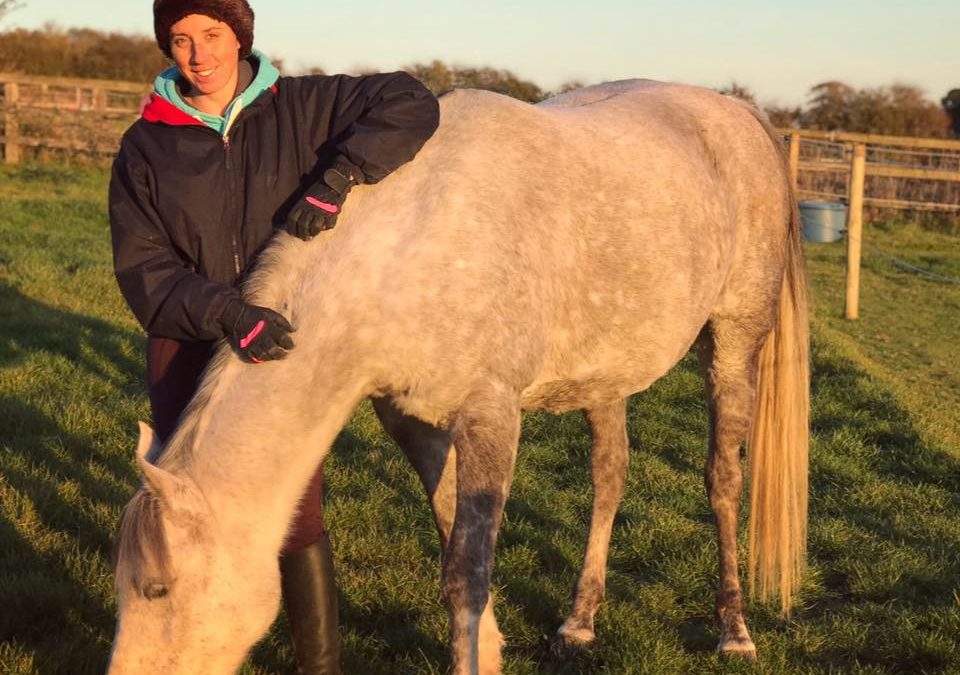This past week was a reminder that horse training can and does trial the very best of us, in confidence, will and patience. We can learn more about our strongest, and inevitably, our less desirable traits.

Over the last few months I have been busy teaching, having a baby and looking for a new horse. In November, I brought home an 8/9 year old Arabian mare from the field. Once back at my yard, she was unable to be caught from the field, was not used to being stabled and lacked even the most basic ground manners. Luna has taught me so much in a short space of time; painfully pointing out my own weaknesses in the form of a kick, head butts, barging me out of the way and leaning into me. This horse is not malicious. It is so easy to forget that when training a horse from the very beginning (never mind a horse who has literally no previous education for near enough a decade!) that they do not know anything. A horse is not programmed to pick up their feet for us humans, nor to stand tied up for us. Every small behaviour, every “insignificant” action is to be learned. Teaching a horse can be done in many ways. Our way is to ask, encourage and praise as a rule of thumb – the detail is individual to the horse.

For example, Thor, a Haflinger and Frost, my Fell pony require a very different approach to Luna, the Arabian. Thor and Frost, both “draft” type breeds, have also had different requirements in their training to each other. This is because they are individuals. I often say there is no “one size fits all” for training horses, but it is so understated. Difficulties in training are not breed specific and stereotyping horses does not do anyone any favours. How often do you hear “Haflingers are bolshy or can take advantage”, or “Arabs are flighty”? The truth in it being that all horses, all breeds, can be capable of negative behaviours. It is our job to work out what the individual needs. How best can we teach this horse? What does the horse need from us as a trainer?

“Get it done with no messing around, but with no cruelty or force.”
When my trainer, Theresa, first told me to “get it done”, it sounded so contradictive to our training ethos. Surely “getting it done” would mean rushing?! What she meant was our training quite simply needs to be fair, consistent and precise. By breaking down the learning into its most simplest terms, it is alot easier for the trainer to teach, for the horse to learn and for progress to be made. Thus, the horse and handler/rider moves on without rushing, with a good training basis.
A great example of this is from my current training with Luna. She has been unable to have her feet picked up. She had kicked out and exercised her ability to lean the whole of her weight into me whenever she could! I am not able to pick up her back legs without being able to stroke down them first. So we are learning together; I am learning how to best communicate my intentions to her whilst keeping her calm and she is being taught how to offer her feet to me without being man handled. How many people would attempt to just pick up the feet and fight? Someone is bound to get hurt…
Today was a real turning point. Over this past week, I have changed my approach with her, from how I have done things in the past with other horses, and adapted the training to help her relax, understand and learn.
Different horses, different personalities. Whether groundwork or ridden, it is so important to get the basics mastered in training before advancing further.
Always be fair, consistent, precise with each step in learning – get it done!
